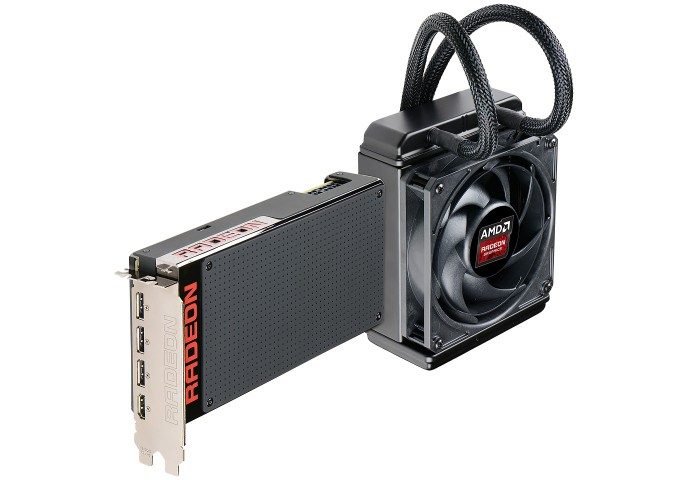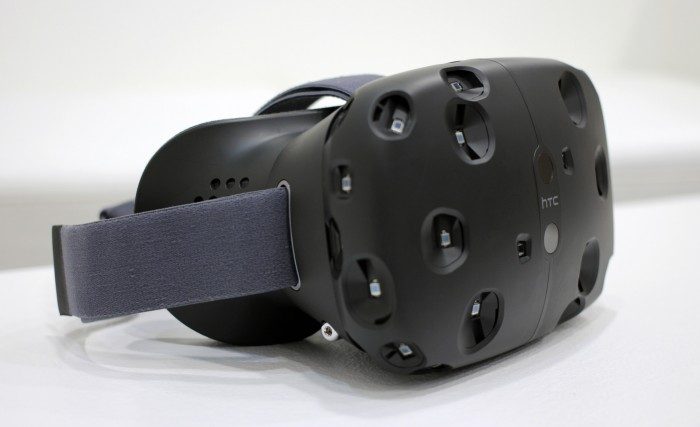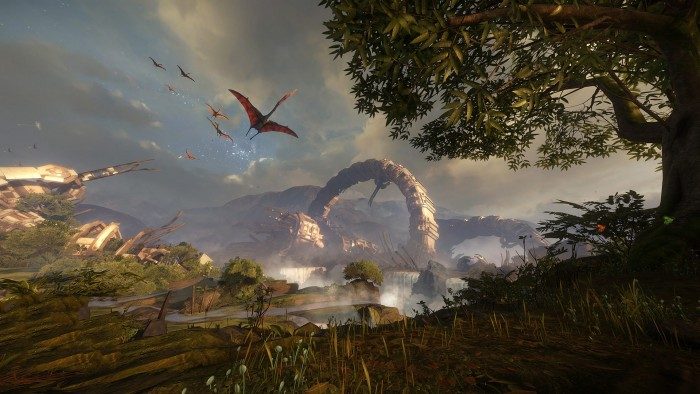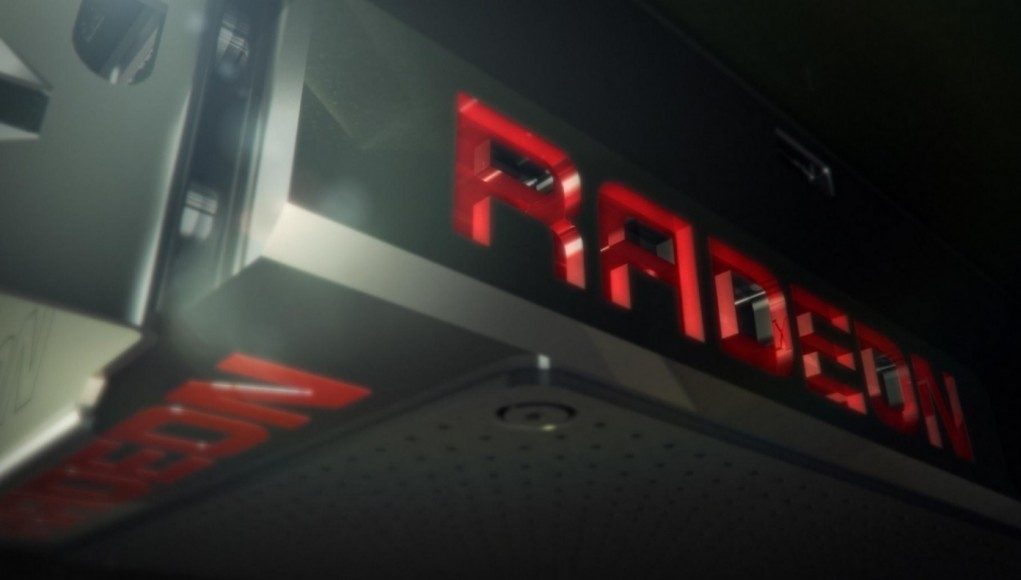AMD’s Liquid VR, an initiative to enhance virtual reality experiences on the company’s GPUs, has a development kit that will ship this fall and it’ll come with a full copy of Crytek’s CryEngine as part of the package.
AMD’s virtual reality assault at E3 was palpable this year. From the bold gathering of entertainment and retail industry executives for a frank discussion of VR’s future at their first VR Advisory Council, to dedicated PC Gaming events demonstrating the VR prowess of their latest Fury-X range of GPUs. AMD wants the world to know that it ‘gets’ VR.
See Also: Tech Industry Heavyweights Debate the Future of VR at AMD ‘VR Advisory Council’
Alongside the long awaited launch of their new VR focused GPU series, the 390 Fury-X, the company also outlined a series of partnerships and initiatives which it believes places it at the forefront of VR rendering. At the core of their technical strategy in this space is Liquid VR, a series of rendering initiatives dedicated to “…making VR as comfortable and realistic as possible”.
At E3 this year, I got the chance to catch up with Roy Taylor, AMD’s VP of Alliances and the man at the forefront of AMD’s E3 2015 VR charge. As part of a full interview, which we’ll be publishing soon, Taylor told me that AMD’s boffins have been working hard on producing solutions for VR-centric problems for the last 12 months. The result of that work will emerge in the form of AMD’s Liquid VR, a suite of virtual reality focused APIs timed to offer tight integration with AMD’s newest GPU drivers – announced at GDC earlier this year.

Roy also said that AMD were focussing on easing the pain of VR development, specifically for the PC platform. He told Road to VR exclusively that they’re planning to offer pre-packaged systems built to known, controlled specifications to keep configuration variation to a minimum – targeted at VR development – a LiquidVR Development Kit, or LDK.
Why? Because with a known hardware platform comes less variables therefore (in theory at least) a more stable development platform. A more stable hardware platform means less downtime, less ‘blind alley’ chasing for coders and happier developers all around. At least that’s the theory.
It also means AMD can be assured that, when bugs at a driver or SDK level are being reported back to them, there’s less chance of specific hardware combinations being to blame.
Speaking to Daryl Sartain, part of AMD’s Virtual Reality division, he told me that LDK hardware will of course include AMD GPUs but the PCs themselves will be provided by OEMs, building systems to order with a specific OS image to match. Details on what variations of core component specifications (like CPU / RAM etc.) isn’t ready to be detailed just yet.
Your choice of LDK will also ship with your choice(s) of VR Headset too, which should in theory just work out of the box when you plug it in – again, thanks to that fixed platform.

The LDK will also pack in Crytek’s latest version CryEngine, newly enhanced with full support for the Oculus Rift, Sony Morpheus and HTC Vive. Crytek demonstrated their engine’s new virtual reality prowess (and indeed their own growing creative VR aptitude) when they showed a glimpse of their new IP Robinson: The Journey – created from the ground up for VR. CryEngine of course will support tight integration for Liquid VR’s featureset out of the box.

By definition, features enabled by developers using Liquid VR will need driver support to match, and so AMD’s plans are to have LDK supporting Catalyst drivers released ready – so developers will have everything they need to jump in and get creating VR experiences right away.
It’s an interesting move by AMD. You have to think that, to a startup company who needs to gear-up to get going as soon as possible, laying down money on gear you (in theory) won’t have to waste time configuring before you can get creative on, would be extremely attractive.
Ultimately, the LDK’s success may well come down to pricing, and that’s something AMD aren’t talking about just yet. Will they pitch the LDK at a smaller margin in a bid to encourage take up of Liquid VR and AMD GPU, or will they treat them as premium, fast-track, no hassle developer dream-machines? We’ll see soon, as the release of the LDK is tied to VR Headset vendors like HTC/Valve and Oculus. Once we see more concrete VR hardware release windows we should see LDK details emerge.
We’ll hopefully be diving more deeply into Liquid VR and what it means for VR developers and users soon. Stay tuned!







